
Excavation of Thrace’s Oldest Known Thracian Settlement Underway in Tekirdağ: Temple of Hera and Sacred Area of the God of Health Discovered
In the Süleymanpaşa district of Tekirdağ, an important archaeological excavation is underway on the shores of the Marmara Sea. Led by Professor Dr. Neşe Atik, the excavations aim to unearth the earliest known Thracian settlement in the Thrace region. This ancient settlement, with a history spanning approximately 5,000 years and dating back to the 3rd millennium BC, promises to shed light on Thracian culture by revealing valuable finds. During the excavation work, a large temple dedicated to Hera, a significant Thracian goddess, and various archaeological artifacts unique to Thracian culture have been discovered.
Providing significant insights into the Thracians, the head of the excavation, Professor Dr. Neşe Atik, stated, “According to our current knowledge, the Thracians migrated from the south of Romania to Bulgaria and then to these lands in the 2nd millennium BC. While this is an early period, it is also possible that they migrated from the north of the Caspian Sea to Romania even earlier. We know that the Thracians arrived in Turkish Thrace around 1200 BC and maintained their presence here until the 7th century AD. Their existence is known thanks to their service as mercenaries in the Roman armies. We have reached this information through their unique names. The Thracians had no fear of death or martyrdom. Their belief in achieving immortality after death made them highly sought-after warriors in the Roman army. Everyone knows Spartacus, who was a Thracian hero, and there are many other heroes like him.”
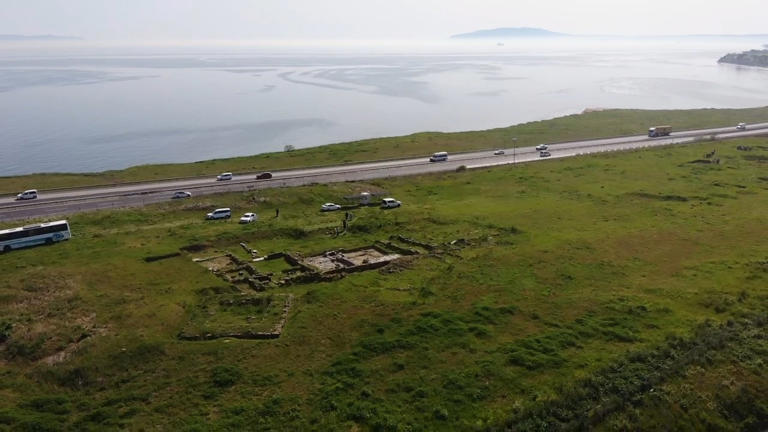
Professor Dr. Atik also touched upon the physical characteristics of the Thracians, saying, “Ancient writers describe the Thracians as a fair-skinned, blonde, and blue-eyed people. Some even mention that they had red hair. We know that this population existed until the 7th century AD. However, over time, they intermingled with different communities and lost their pure racial characteristics. With the conquest of the region by the Macedonian king, they mixed with the Macedonians, and during the Roman period, they interacted with the Romans and continued to do so until the Byzantine era. Therefore, while racial purity did not remain, genetic traces undoubtedly exist. This situation may be one of the reasons why there are quite a few fair-skinned, blue-eyed, and blonde people in Tekirdağ. Genetic analyses that can be performed today could reveal the extent of Thracian ancestry in the region’s population.”
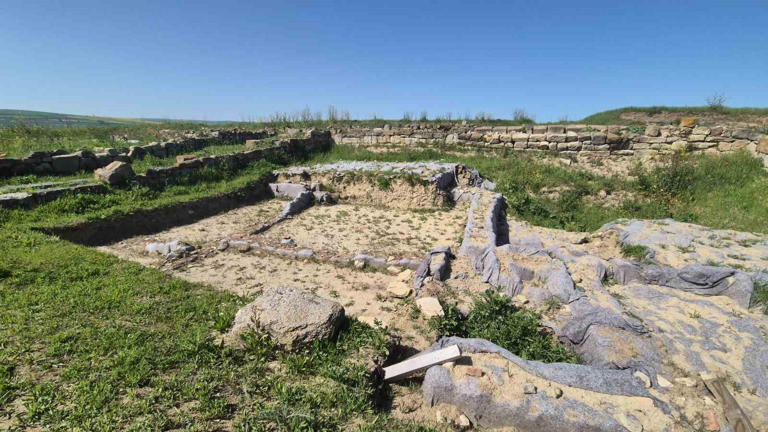
Highlighting the significant discoveries at the excavation site, Professor Dr. Atik noted, “The area we are currently in belongs to a large temple. In fact, according to belief, the goddess gave her name to the city. After this temple was destroyed by fire, it was not repaired, and the sacred area of the goddess’s son, the god of health, was moved slightly to the west. Since he was the god of health, the priests were also doctors. Medical instruments, medicine preparation pools, and furnaces were found during the excavations. This indicates that the sacred area shifted westward. There are two sacred areas on this hill: one belonging to the mother goddess and the other to her son’s temple,” she explained, adding that the Thracians generally buried their dead lying down.

Finally, drawing attention to the geographical location of the excavation site, Professor Dr. Atik stated, “The Istanbul-Tekirdağ highway has divided this area into two. This year, we will excavate the side facing the sea for the first time. It is located right on the coast of the Marmara Sea. We expect to find wealthy houses there. The possibility of finding hillside houses is quite high,” expressing her expectations for future excavation work.
Cover Photo: IHA
You may also like
- A 1700-year-old statue of Pan unearthed during the excavations at Polyeuktos in İstanbul
- The granary was found in the ancient city of Sebaste, founded by the first Roman emperor Augustus
- Donalar Kale Kapı Rock Tomb or Donalar Rock Tomb
- Theater emerges as works continue in ancient city of Perinthos
- Urartian King Argishti’s bronze shield revealed the name of an unknown country
- The religious center of Lycia, the ancient city of Letoon
- Who were the Luwians?
- A new study brings a fresh perspective on the Anatolian origin of the Indo-European languages
- Perhaps the oldest thermal treatment center in the world, which has been in continuous use for 2000 years -Basilica Therma Roman Bath or King’s Daughter-
- The largest synagogue of the ancient world, located in the ancient city of Sardis, is being restored

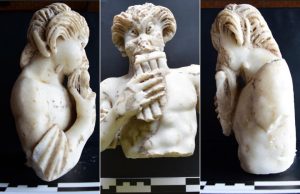
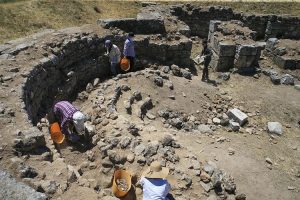
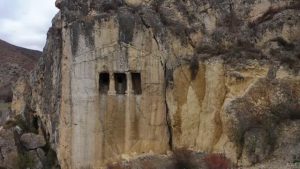
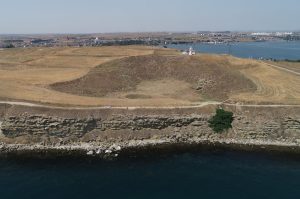
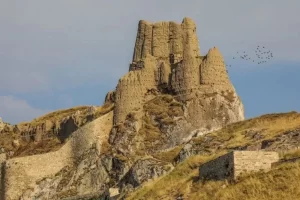

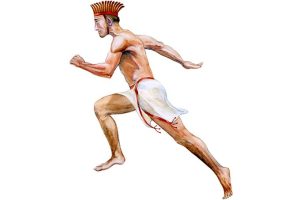

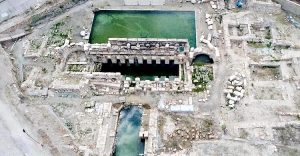
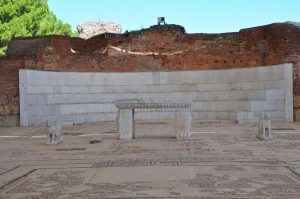
Leave a Reply